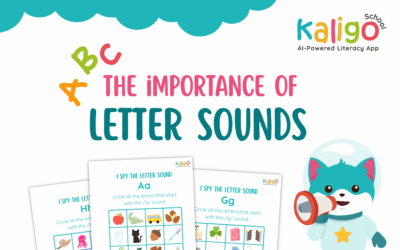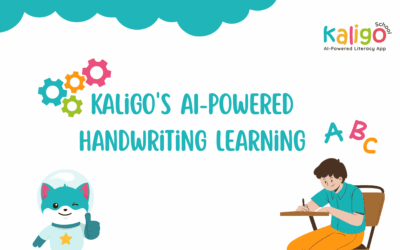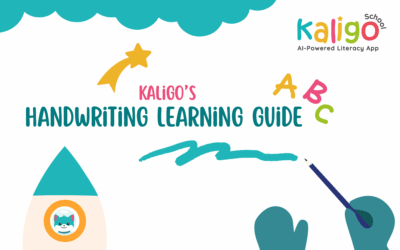At Kaligo, our aim is always to help children develop their literacy skills in a fun and engaging way. This is why we have recently launched our phonics programme, allowing children from Nursery to Year 1 to build essential reading and writing skills step by step.
Our phonics programme covers skills from Phase 1 to Phase 5. Built around a varied set of scaffolded lessons, each phase provides a clear and structured progression, ensuring that children move step by step from early listening skills to confident, independent reading and writing.
Phase 5 brings with it a new feature; engaging reading stories featuring our mascot, Kalicat.
This phase allows children to further expand their vocabulary and master multi-syllable words and different spellings for familiar sounds through engaging stories set in fun, child-friendly universes.
Immersive Story Worlds with Kalicat
Our immersive story world with Kalicat is introduced to children from Phase 2 onwards. Each story is enriched with illustrations, background music, and carefully chosen vocabulary aligned with the phonics progression.
From the beginning of Phase 2 to the end of Phase 4, children can listen to stories while seeing the target words highlighted on the screen. Thanks to the combination of audio and visual input, the children strengthen their decoding skills, word recognition and memory retention. The vocabulary in the story always matches the lesson’s theme, allowing practice to be both contextual and meaningful.
Starting in Phase 5, children discover the engaging reading stories that retell the adventures of our mascot, Kalicat. From this phase onwards, the stories become fully written and illustrated texts. Each story is also read aloud with narration; this enables children to follow the text independently or in group reading sessions. Additionally, the Phase 5 stories are available as printable PDFs (our “Reading Stories”). These are ideal for silent reading guided and oral reading, or projection on interactive whiteboards.
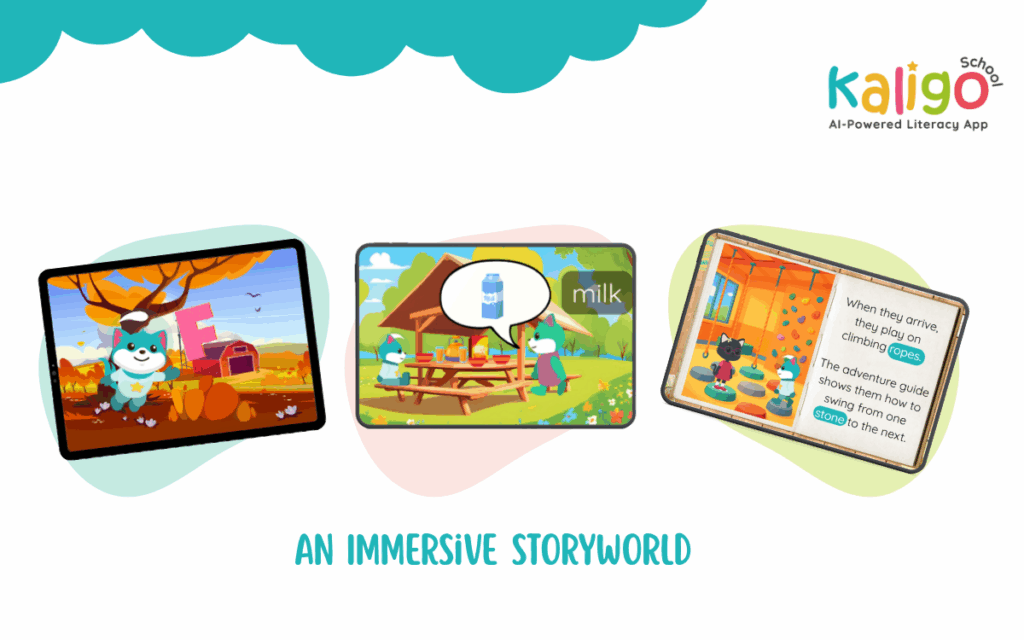
Each story is followed by a series of comprehension questions, vocabulary games and phonics activities. This creates a rich, contextual learning environment where practice feels natural and engaging. This allows for:
- Strengthened connection between sounds, words, and meaning
- Boosted reading fluency and comprehension
- Maintained motivation and engagement in children through Kalicat’s adventures
- Encouraged social and emotional learning through the reading stories
Social and Emotional Learning (SEL) Through the Reading Stories
Within our phonics programme, we have integrated Social and Emotional Learning (SEL) elements.
Through Kalicat stories, such as “Harry and Kalicat Like to Help or Kalicat Says He Is Sorry”, students not only develop literacy skills but also learn important values like empathy, cooperation, and self-awareness.
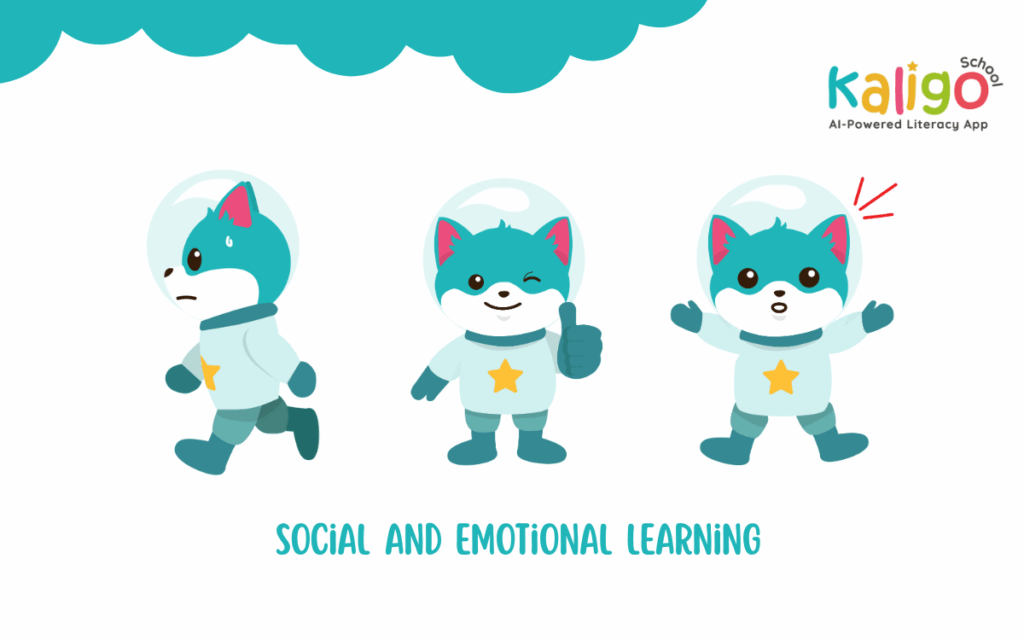
To help teachers keep track of each story and sort them by skill, an index of reading stories is available in the Kaligo library and includes links to each story.
A Phonics Reading Story: Kalicat Loses His Teddy
Each phonics story is designed to train a specific component of the phonics programme. Kalicat loses his teddy belongs to the 3rd Part of the Phase 5 phonics programme. It tackles the alternative pronunciation of /ch/ to be studied during week 2.
In this story, the children are introduced to the /ch/ sound and different words and alternative ways this sound is used in words. The words in these exercises have the /ch/ sound at the beginning or end. Some of the words tackled in this story are chips, checked, kitchen and searching. Overall, 7 keywords are being trained in this story.
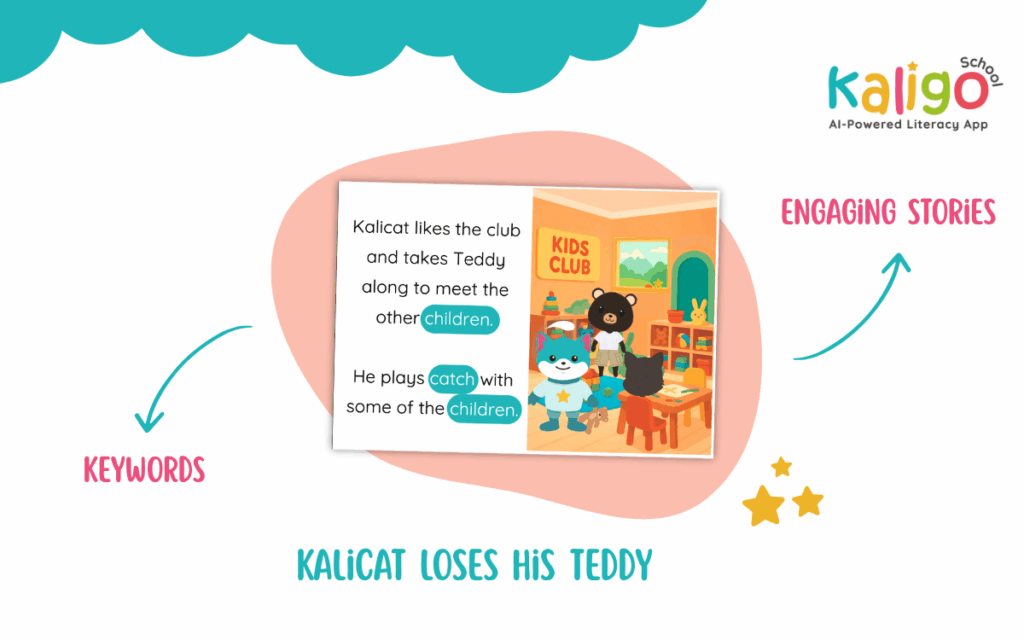
Kalicat loses his teddy follows the adventure of Kalicat, who loses his teddy while a holiday with his family. After a quick search at the kids’ club and the hotel kitchen, Kalicat is however able to find his teddy again.
Curious about what our reading stories look like and how they can make a difference in your classroom? We have a surprise for you at the end of the article, so keep reading!
Ideas for Classroom Applications
Our Phase 5 reading stories allow for a multitude of classroom applications. Teachers can tailor them to their current teaching needs and schedule. Here are 4 additional ideas for flexible classroom applications:
Silent reading
Children read the stories during individual practise sessions. These build independent reading confidence.
Read-aloud sessions
By reading the words and stories aloud, children build fluency and expression through guided oral reading practice.
Interactive whiteboard
This is a collective activity which allows for the entire class to be involved. These whole class reading sessions will bring everyone together to create a motivational reading practice.
Video adventures
For a more immersive experience, children can experience Kalicat’s adventures as a video. These animated story versions bring Kalicat’s world to life, thus making phonics both practical and magical. Kalicat’s adventures can be found directly in the Kaligo library.
Implementing Reading Stories in the Classroom
With over 65 reading stories, our phonics programme ensures that children move step by step from early listening skills to confident, independent reading and writing. Find out all about our phonics programme in our dedicated article.
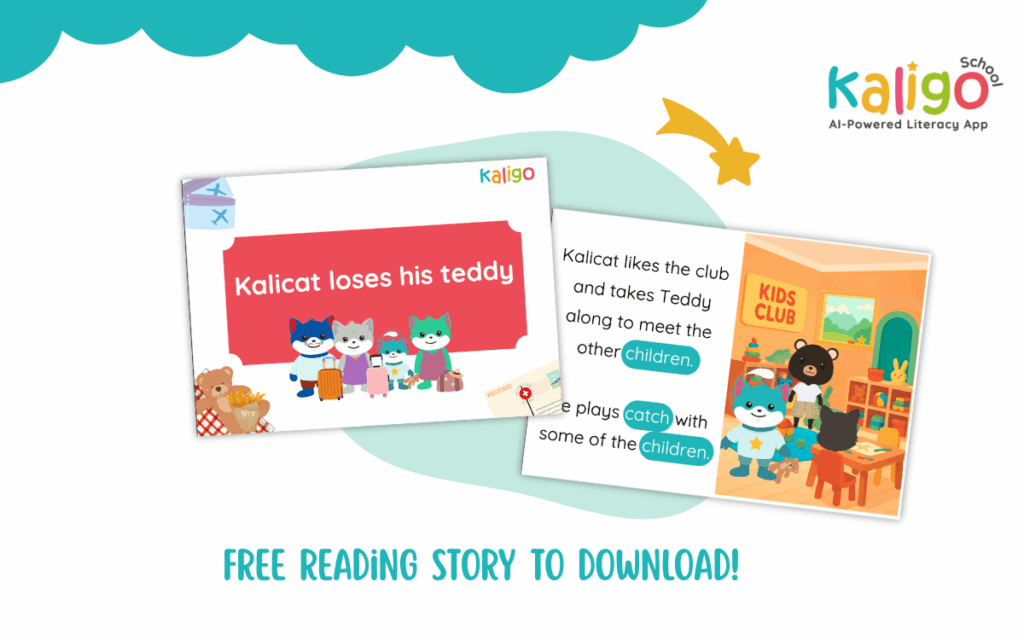
You can also discover the full Kalicat loses his teddy story by simply downloading the reading story below! All it takes is a few clicks, and your class can discover the adventures of Kalicat.

Want to follow Kalicat on more of his adventures and incorporate a complete library of scaffolded, interactive lessons to build essential reading and writing skills step by step? Fill out our trial form and try Kaligo completely for free for 14 days.
Start now with Kaligo and watch your class’ literacy skills improve, and your students learn with joy!


